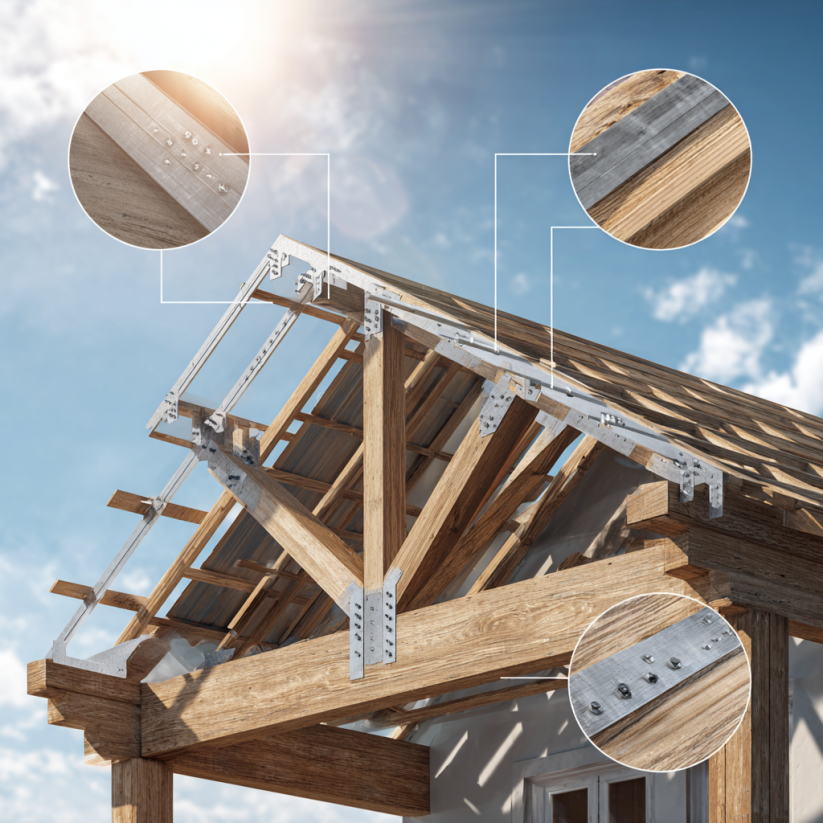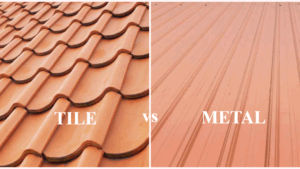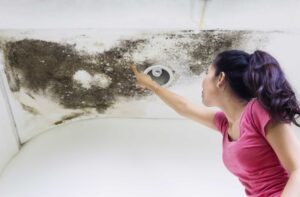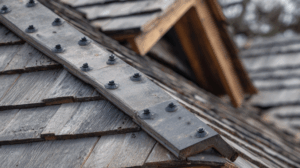At Bedrock Roofing, we know that a solid roof is more than just a bunch of shingles and underlayment, it’s your home’s first line of defense against Florida’s most brutal weather. As a family-owned and operated roofing company providing top-notch roofing to Southwest Florida, we specialize in helping homeowners fortify their properties against hurricanes, high winds, and heavy rain. From asphalt shingles and metal roofing solutions to tile installations, our experienced team handles roof repairs, replacements, and commercial roofing solutions with honesty, precision, and care. We also offer free estimates and detailed roof inspections so you can prepare your home before the next storm season hits.
Why Storm-Readiness Matters in Southwest Florida
Living in Southwest Florida means enjoying sunshine and coastal views, but it also means preparing for our hurricane season each year. High winds, wind-borne debris, and torrential rain can all compromise the strength of your roof if it isn’t built or maintained to code. Even a small gap or weak connection can allow wind to lift shingles or panels, leading to water damage and costly repairs.
That’s why storm-readiness isn’t just about having a new roof, it’s about having the right roof. Key structural elements like hurricane straps and proper nail patterns can make the difference between a roof that stays secure and one that fails under pressure. Understanding how these components work helps homeowners make informed decisions about roof installations and upgrades.
Hurricane Straps: Small Hardware, Big Impact
Hurricane straps, sometimes called hurricane ties or clips, are metal connectors that help to strengthen the connection between your roof trusses and the walls of your home. They’re typically made from galvanized steel and are installed where the roof structure meets the top of the wall.
During a hurricane, wind creates uplift forces that try to lift your roof off the house. Without hurricane straps, the only things holding it down might be nails or framing that aren’t designed for such extreme conditions. Straps work by transferring that wind force from the roof to the walls and then to the foundation, essentially tying your entire home together as one reinforced system.
Florida building codes require hurricane straps for all new construction, but older homes may not have them or may have outdated connectors that don’t meet today’s standards. Retrofitting your roof with modern hurricane straps is a great investment that can improve your home’s storm resistance.

Nail Patterns: The Hidden Key to Roof Strength
While hurricane straps strengthen the connection between your roof and the structure below, nail patterns determine how well your roofing materials stay attached to the decking above. Roofers in hurricane-prone areas like Southwest Florida must follow strict guidelines for nail size, spacing, and placement to meet local wind-resistance codes.
For example, standard roofing may use four nails per shingle, but in high-wind zones, six nails per shingle is often required. Nails must be properly driven, not over-driven or under-driven, and positioned exactly where the shingle manufacturer specifies to maintain warranty coverage and wind ratings.
Equally important is the type of nail used. Ring-shank nails, which have ridges along the shaft, provide superior grip compared to smooth-shank nails, helping shingles resist being pulled out by high winds. When combined with high-quality underlayment and properly installed flashing, these details ensure that your roof can withstand the fierce gusts that often accompany tropical storms and hurricanes.
What Else Makes a Roof Storm-Ready?
Beyond straps and nails, several other factors contribute to a storm-resistant roofing system:
- Material choice: Metal and tile roofs offer excellent wind resistance when installed correctly, while architectural asphalt shingles provide a durable and affordable option for most homes.
- Roof shape: Hip roofs, those that slope on all sides, tend to perform better in hurricanes than gable roofs because they allow wind to flow over them more evenly.
- Underlayment quality: A strong, waterproof underlayment helps protect against leaks if shingles or tiles are damaged.
- Regular inspections: Even the best roof can lose its strength if minor issues like loose tiles, corroded fasteners, or deteriorating sealant go unchecked. Having your roof inspected annually, especially before and after storm season, can help prevent major damage.
When Bedrock Roofing installs or repairs your roof, we make sure every detail meets or exceeds Florida Building Code requirements for wind uplift, fastening, and structural performance. Our experienced team knows how to build with the region’s unique climate in mind, ensuring that your home is protected when it matters most.
Secure Your Home with Bedrock Roofing
When hurricane season rolls in, you want the confidence that your roof can handle whatever comes its way. At Bedrock Roofing, we treat your home as if it were our own, installing every roof with precision, quality materials, and a dedication to safety. Whether you need a total roof replacement, storm damage repairs, or just want to upgrade your home’s protection with hurricane straps and proper fastening, our licensed professionals are here to help.
Don’t wait until the next storm is on the radar, get peace of mind today. Call Bedrock Roofing for your free estimate and let our family-owned Southwest Florida roofing team make your home storm-ready from the ground up.




